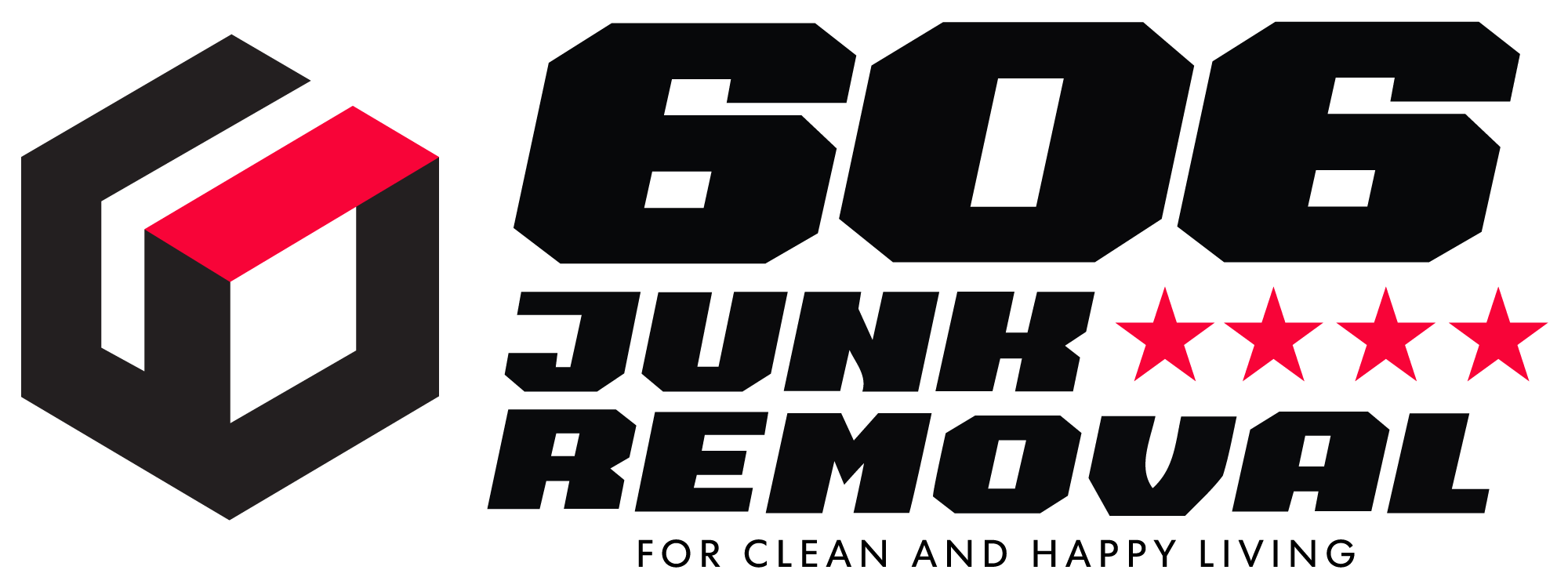
The idea of removing unwanted items might sound universally simple, but it splinters into vastly different experiences when you contrast residential with commercial scenarios. A cluttered attic filled with forgotten furniture doesn’t quite echo the same chaos as a warehouse overflowing with industrial refuse. While the average homeowner might be dealing with a garage they can’t park in, a business might be navigating code violations for debris accumulation.
This difference in scope transforms everything about the process—from tools to timelines. Residential junk removal leans on personalization and empathy, touching the delicate terrain of sentimental belongings. Commercial junk, meanwhile, involves efficiency, regulation, and a race against time to minimize operational downtime. The needs might share a name, but their narratives run in opposite directions.
Size and scale influence the junk removal strategy
In residential settings, junk tends to build up slowly and quietly, one forgotten item at a time. Think about that old end table sitting in the garage or the stack of boxes in the attic that haven’t been touched since the last move. These are usually manageable cleanups tackled over a weekend or during a seasonal purge. The job typically involves a single truck, a small crew, and a few hours of work. It’s simple, efficient, and low-intensity.
Now contrast that with a commercial junk removal operation. The difference is night and day. Businesses often produce junk in massive quantities—discarded fixtures, old office furniture, renovation debris, or even expired inventory. These jobs require logistical coordination, multiple truckloads, heavy-duty equipment like forklifts or dumpsters, and sometimes even temporary shutdowns. The sheer volume dictates everything—from manpower to machinery to timing. It’s not just about hauling stuff away; it’s about engineering an operation that doesn’t disrupt business flow.

Regulations and compliance vary widely between sectors
Residential junk removal is relatively relaxed when it comes to rules. Sure, there might be local restrictions on dumping certain items, but for the most part, homeowners don’t have to deal with permits or government inspections. It’s usually a matter of scheduling a pickup, paying a fee, and letting the crew do their thing. The process is straightforward, and the risk is low.
Commercial junk removal lives in a different regulatory world. Businesses must navigate a maze of compliance issues that vary by city, state, and even industry. Handling items like electronics, hazardous waste, or medical equipment can trigger environmental laws, workplace safety regulations, and strict disposal guidelines. This means detailed documentation, liability insurance, and sometimes prior approval from city agencies. Missing a step can result in fines or operational delays.
The types of waste define the process
The difference in waste type between residential and commercial clients isn’t just about volume—it’s about complexity. Homeowners typically deal with familiar items: broken furniture, worn-out appliances, yard waste, maybe some old toys or books. These are relatively easy to handle and often eligible for donation, reuse, or simple recycling. The removal process can even be emotional, as families sort through personal memories before letting go.
Commercial waste, however, can be bulky, specialized, or even hazardous. Think of outdated computer systems, warehouse shelving, retail fixtures, or construction scrap. These materials often require industry-specific disposal methods and certifications. For instance, e-waste must go to certified recyclers to avoid environmental penalties, and confidential documents may need to be shredded by licensed professionals. The type of junk influences not only how it’s collected, but also its final destination.
Scheduling demands differ between home and business
Flexibility is a luxury that most residential junk removal clients enjoy. They can schedule pickups when it’s convenient—perhaps during a spring-cleaning weekend or after a garage sale. A couple of days’ notice is often sufficient, and delays are rarely catastrophic. The stakes are low, and the timing is driven by lifestyle, not deadlines.
Commercial clients don’t have that wiggle room. Scheduling is often tied to project milestones, lease agreements, or operational requirements. A retail store might need debris cleared out overnight to reopen the next morning. An office may require weekend service to avoid disrupting employees. In industrial settings, junk removal might have to align with specific shifts or safety windows. Every delay can have a domino effect, impacting productivity or revenue.
Equipment and manpower are scaled to fit the job
Residential junk removal jobs are often handled with minimal tools: a dolly, some gloves, and a reliable truck. The teams are usually small, and the work is more about care than complexity. Navigating around garden gnomes, moving carefully through narrow hallways, and protecting drywall from scrapes are part of the job. It’s physical work, but not necessarily technical.
Commercial jobs are a different beast. You’re looking at dumpsters, lift gates, pallet jacks, and even cranes in some cases. Site walkthroughs may be necessary to evaluate access points, load weight, and safety protocols. The crews need training, coordination, and communication. The environments can be complex—tight downtown buildings, high-rise offices, or cluttered warehouses. Everything from the size of the team to the type of truck is scaled to match the intricacy and intensity of the job.
Disposal methods shift depending on junk origin
Where junk ends up after it’s hauled away depends largely on where it came from. In residential removals, there’s often a focus on giving items a second life. Homeowners might request that certain items be donated, especially if they’re still usable. Old furniture can go to charities, and working appliances might be passed on rather than tossed. The emotional and ethical appeal of repurposing plays a significant role.
Commercial disposal is more cut-and-dried. Efficiency and compliance take precedence over sentiment. Broken fixtures, construction debris, and outmoded office supplies are typically sorted for bulk recycling or direct landfill disposal. If materials are confidential—like hard drives or proprietary signage—they may need secure destruction. The disposal strategy isn’t just about getting rid of junk; it’s about doing it in a way that meets legal, logistical, and operational standards.
Emotional factors differ dramatically
At home, junk is often more than just stuff—it’s a record of life. That recliner in the basement might have been Dad’s favorite chair. Those boxes might contain your kid’s school projects or wedding mementos. Removing these items requires sensitivity. It’s not uncommon for crews to work slowly, offering support as clients decide what to part with. Emotional labor is part of the service.
In commercial settings, the emotional weight disappears. An outdated copier or cubicle wall has no sentimental value. The goal is efficiency, not nostalgia. Decisions are made quickly, and the removal process is focused purely on function. There’s a clear boundary between what stays and what goes. This difference in emotional context shapes everything—from how crews interact with clients to how long the job takes.
Pricing structures are influenced by job dynamics
Pricing for residential junk removal is usually straightforward. Homeowners are looking for clear, upfront costs. Most services base their rates on volume—how much space the junk takes up in the truck. Some might factor in labor or access challenges, but the focus remains on simplicity and transparency. The less complicated the quote, the better.
Commercial pricing, on the other hand, is layered and strategic. It considers volume, labor, timing, access issues, disposal fees, and compliance requirements. A business clearing out after a renovation might incur costs for specialized disposal or additional insurance coverage. Pricing is often customized based on the scope of work, and commercial clients expect detailed proposals and breakdowns. The price isn’t just about the haul—it’s about solving a logistical problem efficiently.
Service customization varies between sectors
Residential junk removal is often built around empathy and adaptability. Crews might help homeowners sort through belongings or provide recommendations on what to keep or donate. The service is flexible, designed to accommodate personal needs, emotional moments, and evolving decisions. It’s less about speed and more about support.
Commercial clients demand a different kind of customization. They want a partner who can deliver to spec—on time, on budget, and with full documentation. Service might include coordination with property managers, staging areas for sorting, or adherence to building codes. Customization in this context is all about meeting logistical and legal requirements. It’s precision over personality. While homeowners seek a comforting experience, businesses prioritize consistency, reliability, and professionalism. The service molds itself to the sector’s needs, resulting in two distinctly different flavors of flexibility.
Marketing and communication target distinct audiences
Residential junk removal marketing is rooted in relatability. Ads might highlight the joy of decluttering, the ease of scheduling, or the relief of reclaiming space. Social media, neighborhood flyers, and community events are common outreach methods. The tone is casual and reassuring—”We’ll help you feel lighter.”
Commercial marketing is all business. The messaging centers around reliability, compliance, scalability, and professionalism. Case studies, service portfolios, and direct outreach play a big role. Commercial clients want to know that your team can handle large-scale jobs without disrupting operations. Communication is formal and results-oriented. The marketing must reflect a company’s ability to partner with businesses, not just serve them. One audience wants emotional relief; the other demands operational excellence. The message—and the medium—must reflect that divide.
Conclusion
Whether you’re emptying a home after years of quiet accumulation or clearing out an office tower brimming with outdated workstations, the difference between residential and commercial junk removal lies in more than just volume. It’s about mindset, logistics, and purpose. Residential work leans toward personal connection and flexibility. Commercial removal demands structure, compliance, and scale. Both serve their roles—but they operate in parallel worlds.
For those navigating either space in the Chicago area, 606 Junk Removal and Dumpster Rental offers tailored services grounded in efficiency and professionalism. Located in Chicago, IL, they can be reached at 773-412-4902 or by emailing info@606junk.com. Let them help clear the path so you can focus on what matters next.
